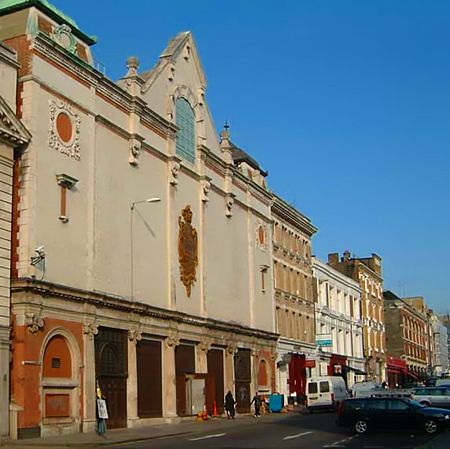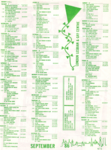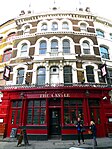Charterhouse Street

Charterhouse Street is a street on the north side of Smithfield in the City of London. The road forms part of the City’s boundary with the neighbouring London Boroughs of Islington and Camden. It connects Charterhouse Square and Holborn Circus, crossing Farringdon Road and running along a number of historical sites, including Smithfield Market. Charterhouse Street is perhaps most famous for its gastropubs, such as the Fox and Anchor, that attract local City workers and is a popular venue for revellers, with Fabric nightclub located at No. 77A. The street was the home of several refrigerated warehouses serving Smithfield Meat Market including the Central Cold Store, the Metropolitan Cold Stores at 77A and Port of London Authority Cold Store. Charterhouse Street is also the home of a 31 MWe combined heat and power plant operated by Citigen (E.ON) and located within and beneath the former PLA cold store.The site on the corner of Farringdon Road was occupied by the 1960s Caxton House which was demolished in 2009 as part of the Farringdon station extension. The nearest London Underground stations are Barbican near the east end of Charterhouse Street and Farringdon further west. Farringdon station also provides a connection to Crossrail and Thameslink rail services.
Excerpt from the Wikipedia article Charterhouse Street (License: CC BY-SA 3.0, Authors, Images).Charterhouse Street
Charterhouse Street, City of London
Geographical coordinates (GPS) Address Nearby Places Show on map
Geographical coordinates (GPS)
| Latitude | Longitude |
|---|---|
| N 51.5191 ° | E -0.10361666666667 ° |
Address
Charterhouse Street 55
EC1A 9LY City of London
England, United Kingdom
Open on Google Maps










